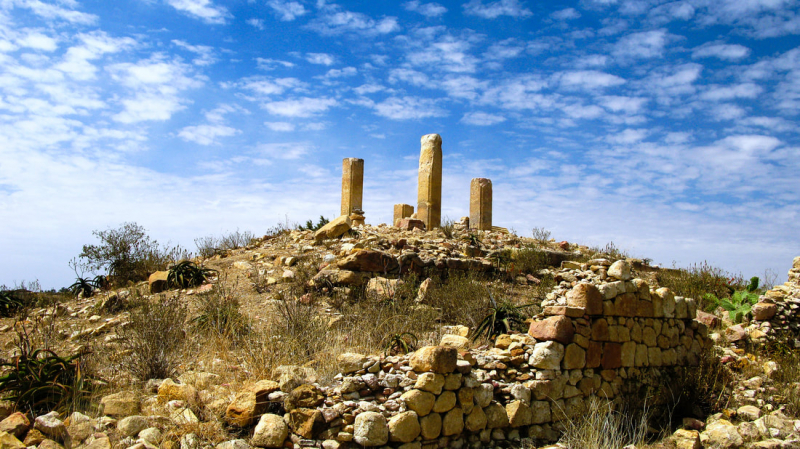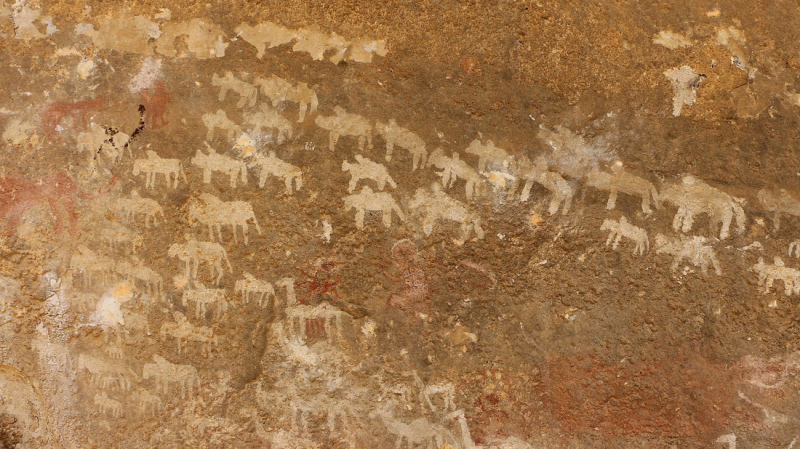Qohaito
Historians disagree on whether the ruins of Qohaito were ever the inhabited walls of Koloe, a hamlet that predated the Aksumite monarchy but rose to commercial importance during it. Even if it wasn't, the city's massive ruins — measuring 2.5km (1.5mi) by 15km (9mi) – are a monument to its once-impressive size. Even though only approximately 20% of the site has been excavated, seeing the highlights will take a few hours.
The dusty remnants of half a dozen smaller temples surround the four columns and various rubble of the Temple of Mariam Wakiro, which is supposed to have started life as a pre-Christian church. To the north of here lies an underground, sandstone-hewn Egyptian Tomb, so termed not because of its Egyptian origins (leading hypotheses place it in the Ottoman era), but because of its massive size.
A short walk from Qohaito leads you to the rim of a massive canyon, which drops abruptly to the old road leading to the once-important port city of Adulis to the east. On a clear day, it provides breathtaking vistas. There are various rock-art sites around Qohaito, including Adi Alauti's cave and another shelter with over 100 painted figures. Though there is no admission cost, a permission from the National Museum is required, as is a gratuity for on-site guide Ibrahim, who lives in the upper village of Qohaito. It's suggested that you use Nfa200 or anything like that.
Location: Debub, Eritrea







